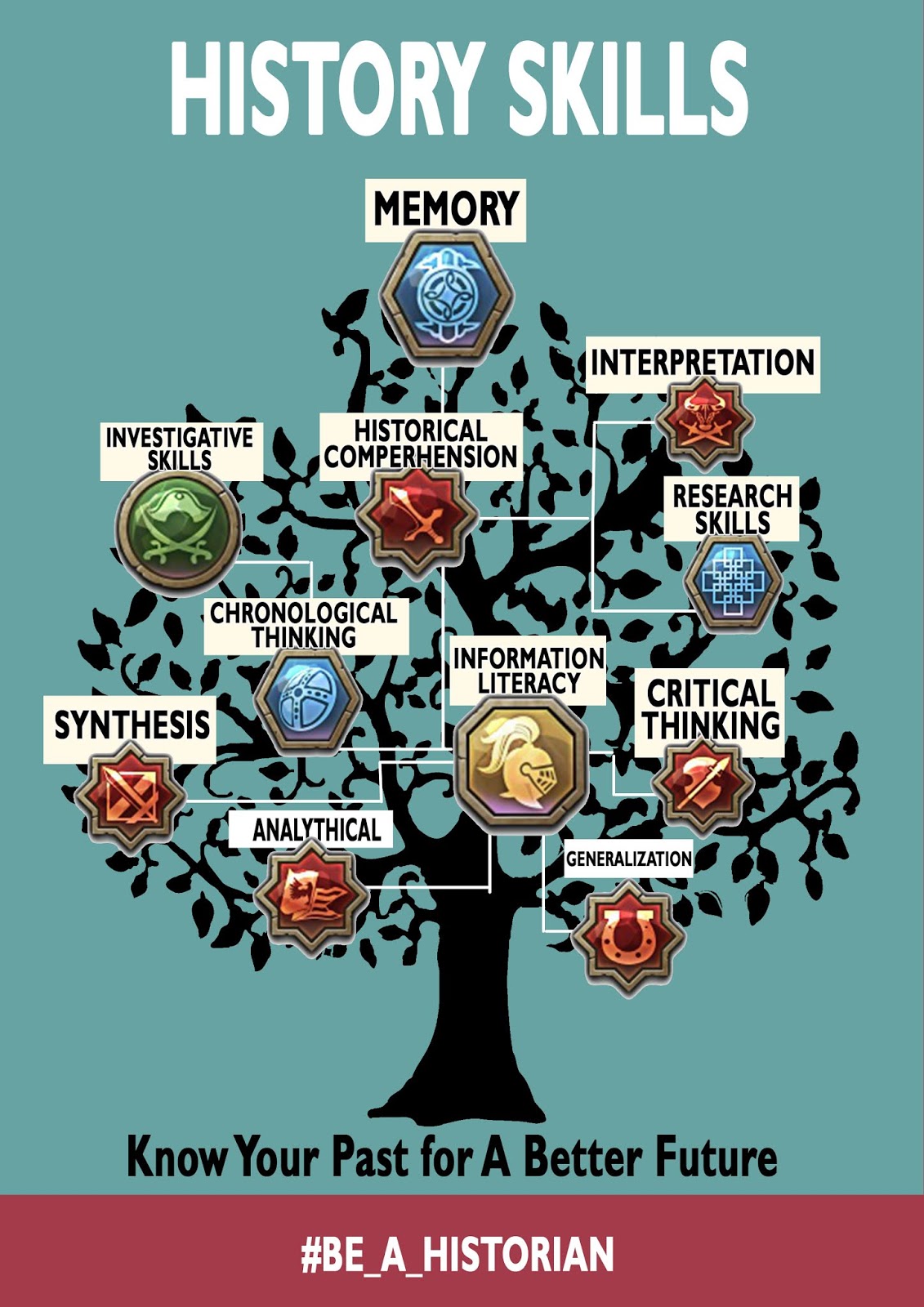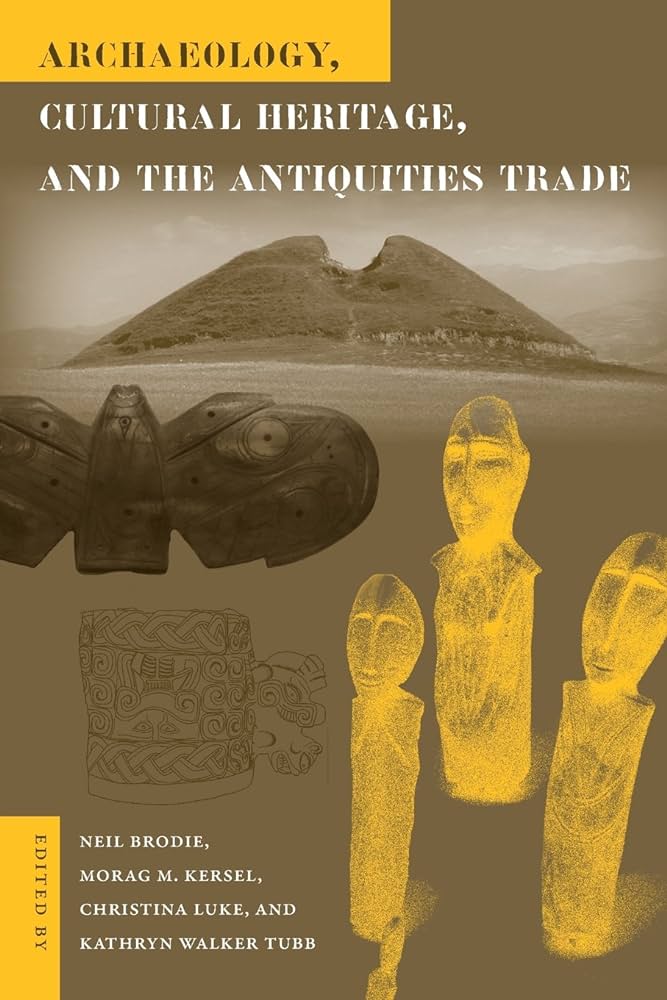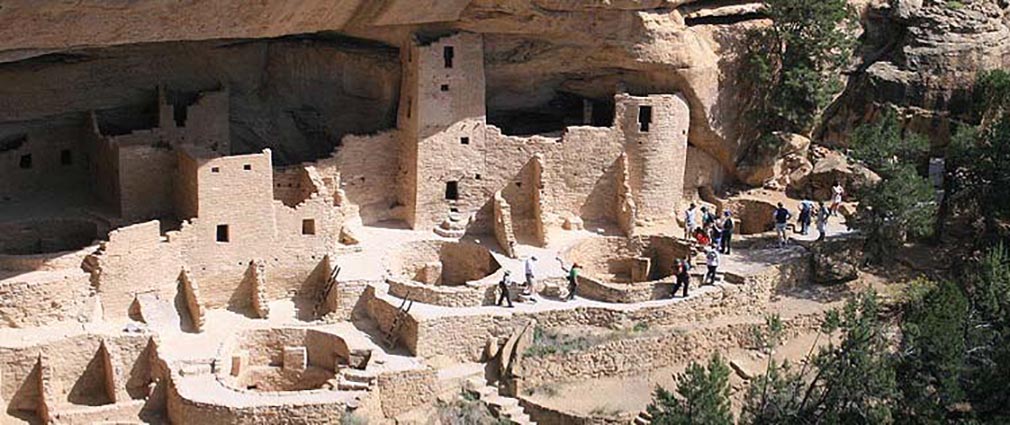If you’re someone who loves history and is always eager to learn more about the past, historical tourism is the perfect way for you to explore the world. Historical tourism is a type of travel that involves visiting places that have significant cultural or historical value, such as ancient ruins, museums, battlefields, and historic landmarks. It’s an opportunity to immerse yourself in the past and gain a new perspective on the world. In this guide, we’ll provide tips and advice for making the most out of your historical tourism experiences.
Research Your Destination
The first step in planning any travel is to do your research. This is especially important for historical tourism, as you’ll want to know as much as possible about your destination before you arrive. Look into the history of the place, the significant events that have occurred there, and any notable figures associated with it. You should also research local museums, historical landmarks, and other attractions that may be of interest to you.
Visit Museums and Historic Landmarks
Museums are an essential part of historical tourism. They offer a wealth of information about the past, and they often have exhibits that help bring history to life. Historic landmarks, such as ancient ruins and preserved buildings, are also an excellent way to explore the past. Many of these sites have guided tours or audio tours that can enhance your experience and provide you with a deeper understanding of the historical significance of the site.
Plan Your Itinerary
Once you’ve researched your destination and identified the key sites you want to see, it’s time to plan your itinerary. Make sure to space out your visits so that you have time to explore each location thoroughly. If you’re visiting multiple museums or landmarks, consider purchasing a city pass or museum pass to save money on admission fees.
Engage with Local Culture
To truly immerse yourself in the history of a place, it’s important to engage with the local culture. This can include trying local foods, attending cultural events, and learning about the local customs and traditions. Talking with locals can also be an excellent way to gain insights into the history and culture of a place.
Capture Your Memories
Lastly, don’t forget to capture your memories of your historical tourism experiences. Take photos, write in a travel journal, or even start a blog to share your experiences with others. It’s a great way to reflect on your trip and remember the places and people that made it memorable.
In conclusion, historical tourism is an excellent way to explore the past and gain a deeper understanding of the world around us. By researching your destination, visiting museums and historic landmarks, planning your itinerary, engaging with local culture, and capturing your memories, you’ll be sure to have a rich and rewarding historical tourism experience.











